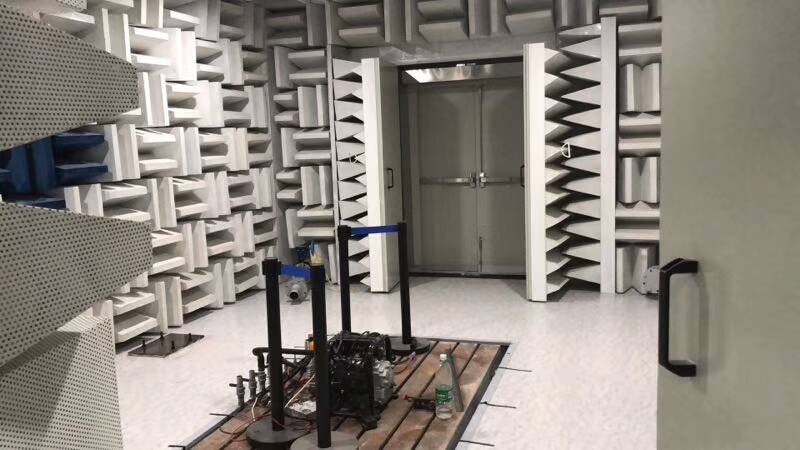The difference between anechoic chamber and RF anechoic chamber:
Anechoic chamber:
An anechoic chamber is a room designed to absorb sound waves and minimize reflections, thereby creating a space with extremely low noise levels that simulates a free sound field.
It is usually used for acoustic testing and audio equipment testing.
The walls, ceiling, and floor of an anechoic chamber are lined with sound-absorbing materials, such as foam cones or acoustic wedges, to effectively absorb sound waves.
RF anechoic chamber:
RF anechoic chambers are specifically designed to absorb radio frequency (RF) electromagnetic waves and protect against external RF interference.
It is commonly used to test RF equipment, antennas, wireless communication systems, radar systems and other RF equipment.
The walls of an RF anechoic chamber are lined with RF absorbing materials, such as ferrite tiles or pyramid absorbers, to absorb RF signals and minimize reflections.
The purpose of an RF anechoic chamber is to create a controlled environment free from external RF interference to allow for accurate testing and measurement of RF equipment and systems.
The anechoic chamber used to mainly refer to the measurement of acoustics, but later it was extended to the measurement of electromagnetic waves, so it is listed separately as an RF anechoic chamber. While both types of chambers are designed to minimize reflections and provide a controlled testing environment, anechoic chambers focus on acoustic sound absorption, while RF anechoic chambers specialize in absorbing RF signals used for RF testing and measurement. It is important to select the appropriate test chamber type based on specific testing requirements and applications.

